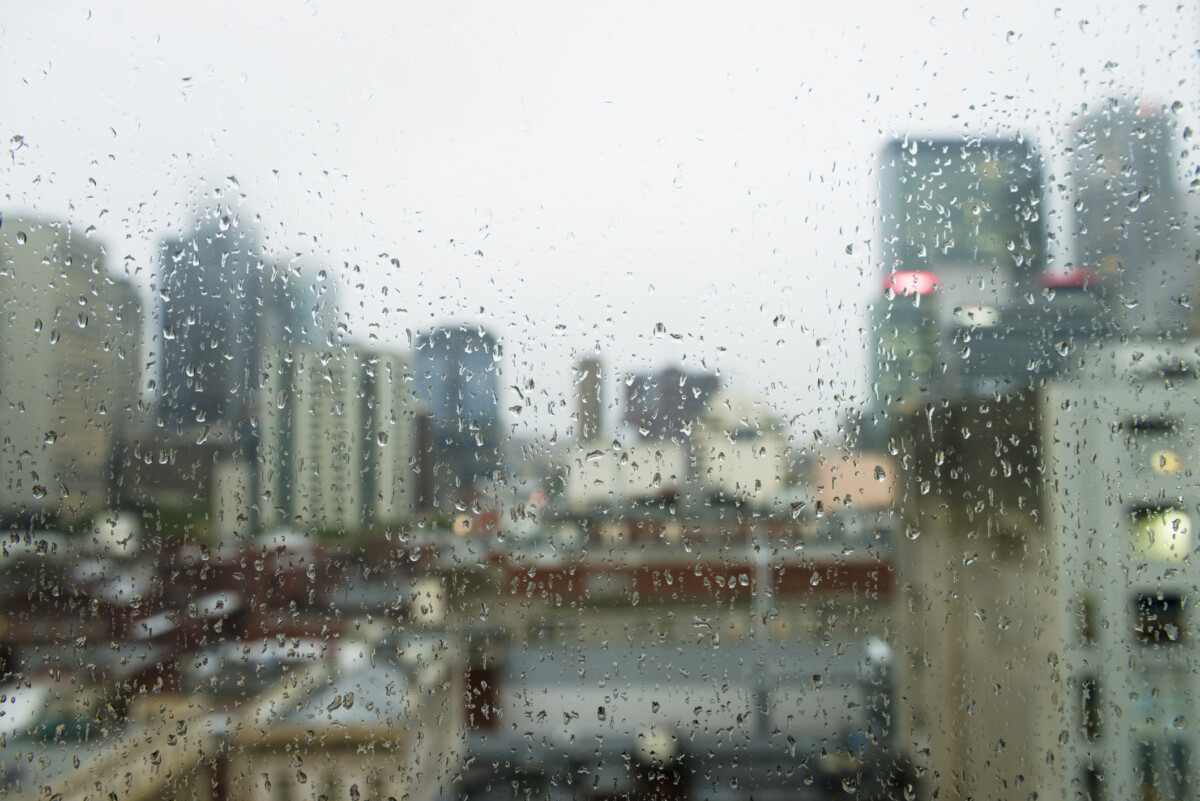How You Can Protect Your Home From Climate Change
A home is damaged from flooding (Photo by JOSH EDELSON / AFP) (Photo by JOSH EDELSON/AFP via Getty … [+]
Climate change is not a distant threat, but a present danger that is already wreaking havoc on our lives and homes. From devastating floods to scorching heat waves to raging wildfires, homeowners need to prepare for the consequences of our warming planet. Preparing for these challenges requires investments at both the household and government levels.The costs of natural disasters will multiply if homeowners and governments delay preparing for the increased frequency of devastating weather events.
How Homeowners Can Protect Their Property
Homeowners can take proactive measures to safeguard their properties against the effects of climate change. Installing rain gutters to redirect water away from the home can mitigate flood risks, an air conditioner can shield households from extreme heat, and a metal roof can protect against wildfires.
Homeowners can also protect themselves by securing insurance against natural disasters. Homebuyers and homeowners should anticipate that the cost of insurance will increase as disasters become more common. Wildfire risk in California and flood and storm risk in Florida has already caused insurers to stop issuing new policies. As this trend continues, some homes will see skyrocketing insurance costs, and some homes will become outright uninsurable.
In addition to rising insurance costs, homeowners should prepare for changes in their utility bills. In places with high drought risk, water bills will rise. In places with high heat risk, homeowners may need to spend more on electricity to power their air conditioning. Homeowners association fees may also increase as the cost of maintaining and protecting common areas rises.
The Government Can Do More Than Any Homeowner Can
Individual actions can only go so far in mitigating the risks of climate change. So homebuyers should consider not only the property’s resilience but also the community’s. Organizations like First Street Foundation analyze climate resiliency and provide detailed projections about the preparedness of communities for disasters like floods, fires and heat waves.
It is critical for residents to understand and advocate for their communities’ preparedness, because homes won’t be protected from disasters if the community as a whole is unprepared. Rain gutters won’t stop a home’s lower-level from flooding when the sewers are backed up because of outdated infrastructure. A home’s air conditioning can’t protect a household against heat risk when the electrical grid fails. In regions prone to wildfires, having a well-funded fire department equipped with state-of-the-art firefighting technology would do more to protect homes than anything an individual homeowner could do.
Homes in places that invest in climate adaptation initiatives will be more protected. This protection will attract homebuyers, which will, in turn, protect values for existing homeowners. Researchers at Redfin
RDFN
Funding Climate Resiliency
State and local governments play a crucial role in enacting comprehensive climate resilience strategies. Fully funded fire departments, improved sewer systems, resilient electrical grids and effective flood management are just some initiatives governments should prioritize to safeguard communities. However, these investments come at a cost.
The financial burden of preparing for climate change is twofold: it directly affects homeowners’ wallets, and it requires governments to raise funds through taxes. Homeowners may need to allocate a portion of their income or savings to climate resiliency, such as securing disaster insurance, installing energy-efficient systems, elevating structures to mitigate flood risks, or reinforcing buildings to withstand stronger storms. Furthermore, governments may need to raise taxes or reduce spending in other categories to fund climate resiliency. The more the government does, the lower the burden will be on individual homeowners.
The Benefits Of Early Action
While the upfront costs of climate adaptation may seem daunting, delaying action can lead to even more severe consequences in the future. The costs associated with rebuilding after a climate-related disaster far exceed the expenses of investing in preventative measures. And given the ongoing housing shortage, protecting the existing housing stock should be a priority where it is feasible.
Furthermore, proactive climate adaptation can reduce greenhouse emissions, which would lessen the long-run severity of climate change while supporting the economy. Green investments, like electric rail, flood walls, and preservation of flood-absorbing wetlands, can enhance property values, create jobs, and improve quality of life for residents.
Homeowners, homebuyers, communities and governments all need to prepare for climate change. We can proactively mitigate the financial risks associated with climate change while fostering a more sustainable and resilient future. The costs of preparation may be significant, but they pale in comparison to the costs of inaction.

